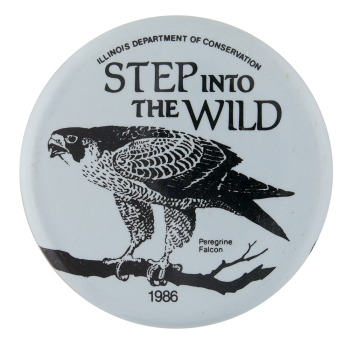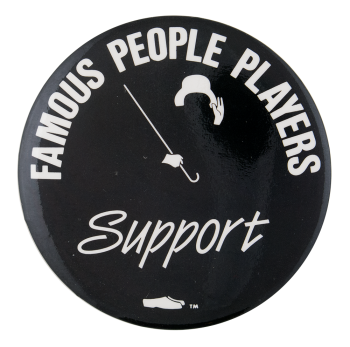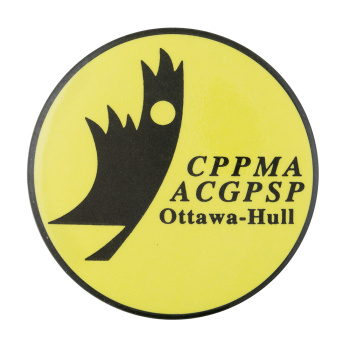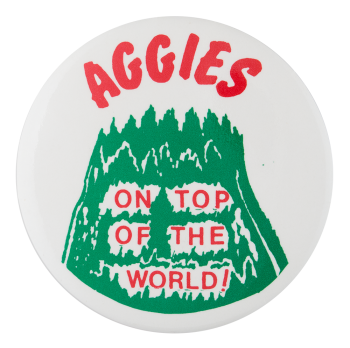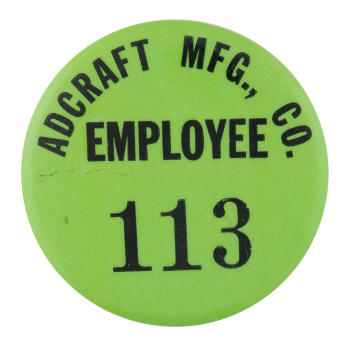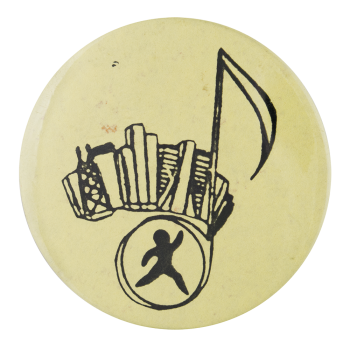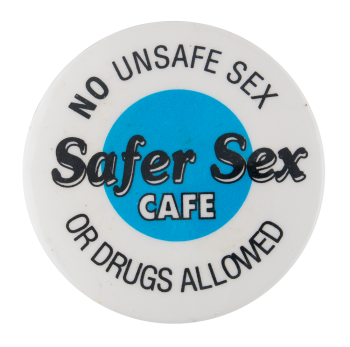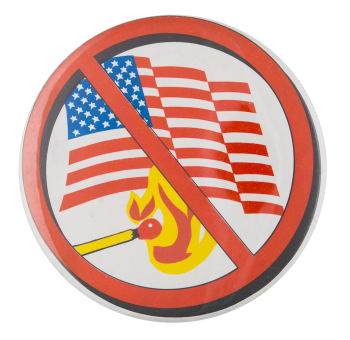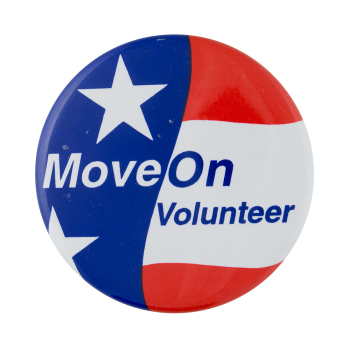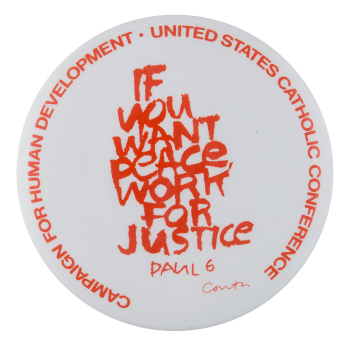Step Into the Wild Peregrine Falcon
| Category | |
|---|---|
| Additional Images | |
| Sub Categories | |
| Text on Button | STEP INTO THE WILD Peregrine Falcon 1986 |
| Image Description | Black text and an illustration of a bird on a branch on a very light blue background color |
| Curl Text | PERSONAL SERVICE CO SPRINGFIELD IL 62703 |
| Back Style | |
| The Shape | |
| The Size | |
| Year / Decade Made | |
| Additional Information | The Step into the Wild button series was initiated in 1981 by the Illinois Department of Conservation, now the Department of Natural Resources. In the beginning the buttons were part of a series of education packets. Teachers in Illinois who used the education packets could request buttons for their students. The button became a way to measure the number of students who received instruction from the education packets. Each year new buttons are debuted at the Illinois State Fair. The animal or plant selected to appear on the button is determined by a staff vote. With each new button the Illinois Department of Natural Resources invites citizens to “Step into the Wild” and enjoy the natural resources Illinois has to offer. |
| Catalog ID | CL0322 |

